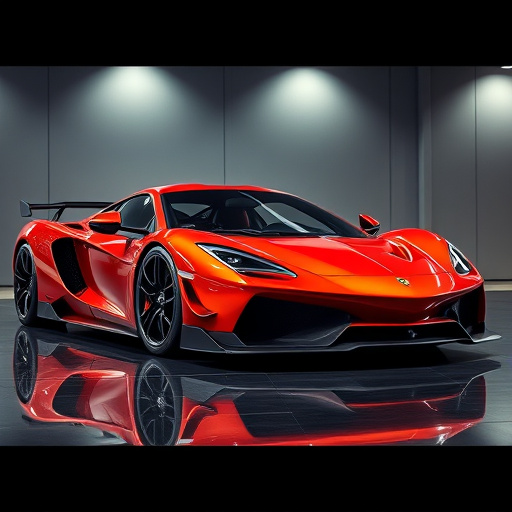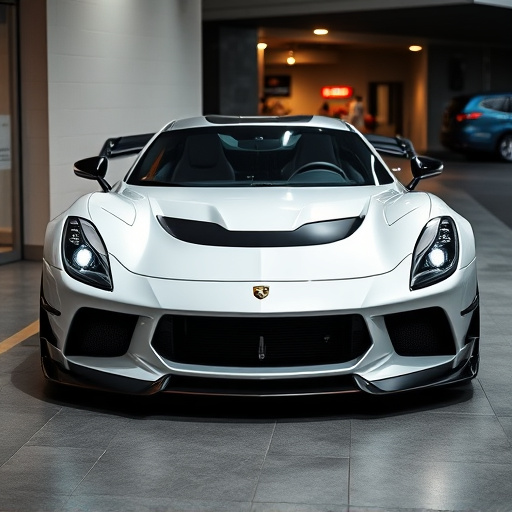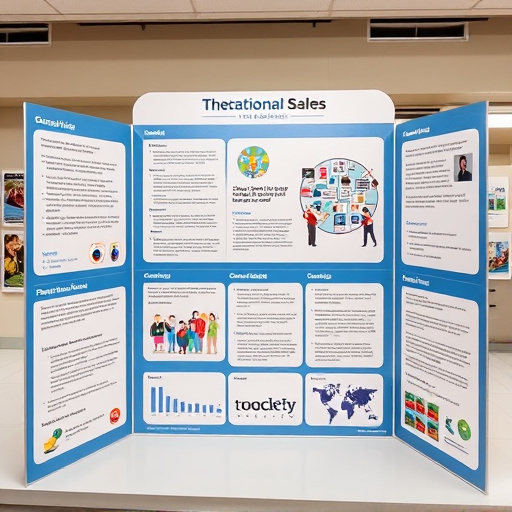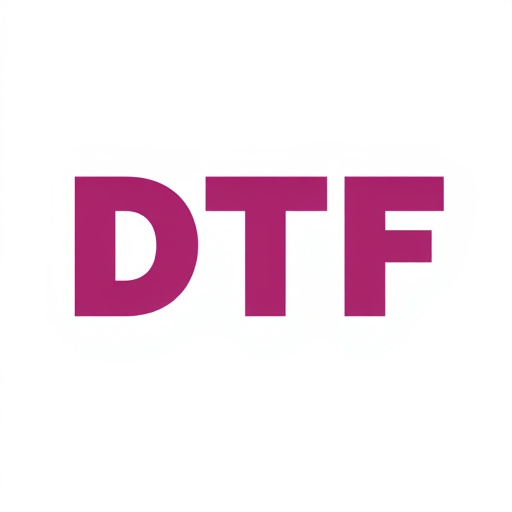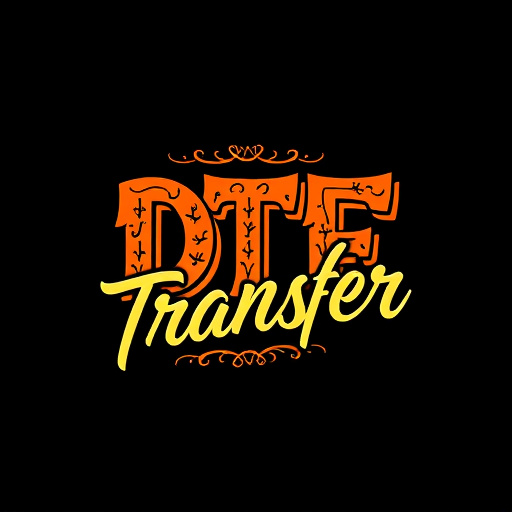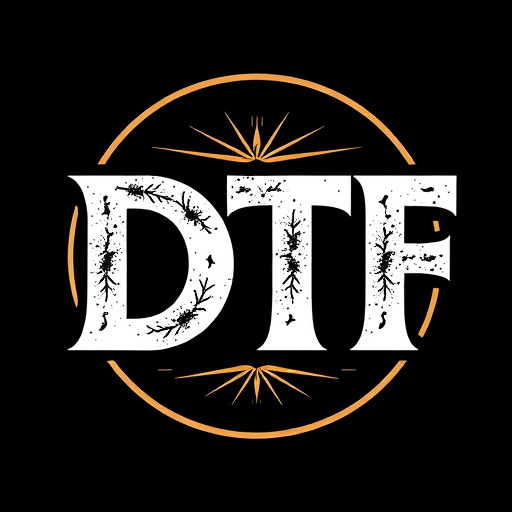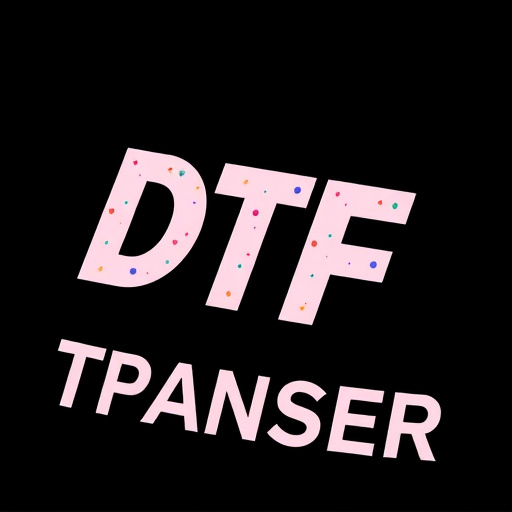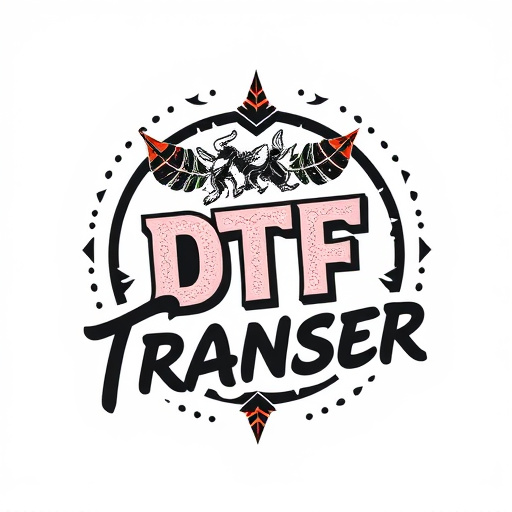Direct-to-film (DTF) printing revolutionizes visual design by directly printing vibrant, multi-colored designs onto diverse materials like plastic, glass, and metal with unparalleled precision. Its layer-by-layer pigment deposition eliminates the need for traditional methods, making it ideal for short runs, custom designs, and complex artwork. DTF excels in color accuracy, production speed, and efficiency, allowing businesses to swiftly bring colorful products to market while maintaining a competitive edge. This technology is transforming industries demanding vibrant graphics, empowering designers to create captivating visuals on packaging, signage, fashion, and more. Choosing the right materials and high-quality inks ensures excellent prints, with advancements focused on eco-friendly substrates and faster, more detailed printing techniques.
Discover the captivating world of DTF Printing (Direct-to-Film), a game-changing technology revolutionizing vibrant, multi-colored designs. This innovative process allows for stunning visual displays on various substrates, from textiles to signage. In this comprehensive guide, we’ll explore the benefits of DTF Technology, its appeal in creating vivid, multihued visuals, and its diverse applications. Get ready to dive into the future of printing with DTF Printing.
- Understanding Direct-to-Film (DTF) Printing: A Brief Overview
- Advantages of DTF Technology for Multi-Colored Designs
- The Appeal of Vibrant, Multihued Visuals
- Applications: Where DTF Printing Shines with Colorful Patterns
- Choosing the Right Materials and Substrates for Optimal Results
- Future Trends: Evolving Techniques in DTF Printing
Understanding Direct-to-Film (DTF) Printing: A Brief Overview
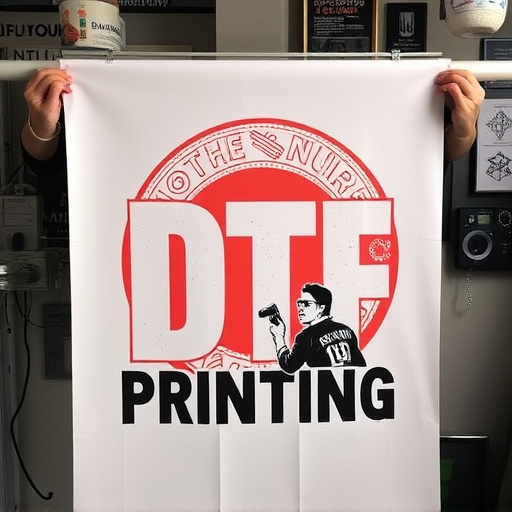
Direct-to-film (DTF) printing is a cutting-edge technology that has revolutionized the way we approach visual design and application. This innovative process allows for vibrant, multi-colored designs to be printed directly onto various materials, such as plastic, glass, metal, and more, without the need for intermediate transfer media. DTF Printing offers unparalleled precision and detail, ensuring that intricate patterns and images are reproduced with exceptional clarity and vibrancy.
The technology works by using specialized printers that deposit thin layers of pigment directly onto the substrate, building up the image layer by layer. This method eliminates the need for traditional printing techniques like offset or screen printing, which often involve multiple steps and can be less efficient for specific applications. DTF Printing is particularly advantageous for short-run productions, custom designs, and complex artwork, making it a favorite among designers and manufacturers alike.
Advantages of DTF Technology for Multi-Colored Designs
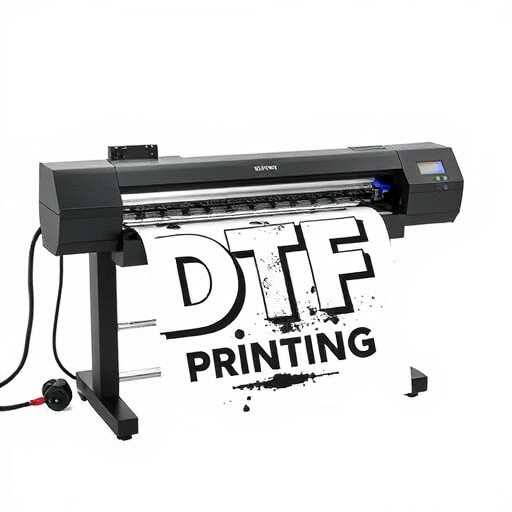
Direct-to-film (DTF) printing offers a myriad of advantages for creating vibrant multi-colored designs, making it a preferred method in today’s market. One of its key strengths lies in its ability to reproduce intricate color blends and gradations with remarkable accuracy. Unlike traditional printing methods that might struggle with complex color palettes, DTF excels at handling a wide range of hues, ensuring each shade appears exactly as intended.
Additionally, the technology enables faster production times, allowing designers and manufacturers to bring multi-colored products to market swiftly. This efficiency is particularly valuable for businesses seeking to stay ahead in competitive industries. With DTF Printing, the process from design to finished product becomes streamlined, reducing lead times and offering a more responsive solution for meeting customer demands.
The Appeal of Vibrant, Multihued Visuals
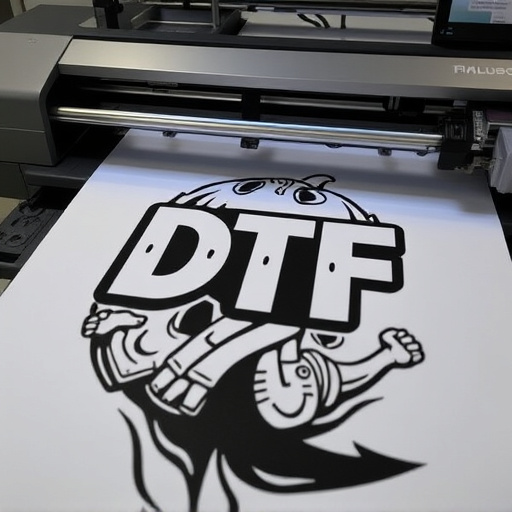
Vibrant, multi-colored designs have always captivated audiences and captured attention in a myriad of ways. In today’s digital age, direct-to-film (DTF) printing technology has revolutionized the way we bring these visually stunning creations to life. DTF Printing offers an unparalleled level of color accuracy and precision, enabling artists and designers to translate their imaginative concepts into eye-popping realities.
The appeal of vibrant, multihued visuals lies in their ability to evoke emotions and tell stories instantly. Whether it’s a bustling cityscape, a whimsical fantasy landscape, or a pop art-inspired portrait, these designs offer an immersive experience that goes beyond simple observation. With DTF Printing, colors appear more vivid, details become crisp, and textures gain a three-dimensional quality, creating a captivating visual symphony that resonates with viewers on both intellectual and emotional levels.
Applications: Where DTF Printing Shines with Colorful Patterns
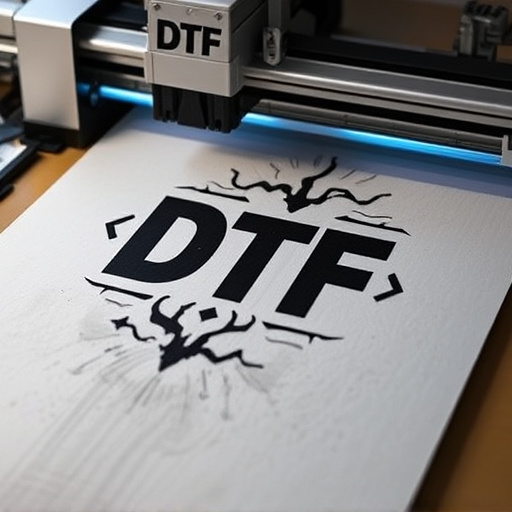
Direct-to-film (DTF) printing technology has found its niche in various industries, especially where vibrant multi-colored designs are required. From packaging to signage and even fashion, DTF Printing offers a game-changing solution for creating visually appealing, colorful patterns. Its versatility allows designers to transform ideas into reality with ease.
One of the standout applications is in the world of graphic design and advertising. When it comes to eye-catching displays, DTF Printing shines by enabling the production of intricate and vivid graphics on various materials like plastic, glass, metal, and even textiles. This technology ensures that brands can create captivating packaging, visually stunning billboards, and eye-popping window displays, leaving a lasting impression on viewers.
Choosing the Right Materials and Substrates for Optimal Results

When it comes to vibrant multi-colored designs using direct-to-film (DTF) technology, choosing the right materials and substrates is paramount for achieving optimal results. The first step involves selecting high-quality inks that are specifically designed for DTF Printing. These inks should offer excellent color vibrancy, fast drying times, and compatibility with a wide range of film types. Additionally, using precision printing machines ensures accurate color reproduction and smooth, even application of the ink onto various substrates.
The substrate choice is equally important. Different materials have varying absorptivity rates, which can affect how the ink adheres and dries. For example, smooth polycarbonate or polyethylene terephthalate (PET) films work well for their consistent surface and excellent dimensional stability. They allow for precise color layering without blurring or smudging. Other substrates like vinyl or canvas may require additional preparation to ensure optimal DTF Printing results, such as applying a primer or ensuring the surface is free from contaminants that could interfere with ink adhesion.
Future Trends: Evolving Techniques in DTF Printing
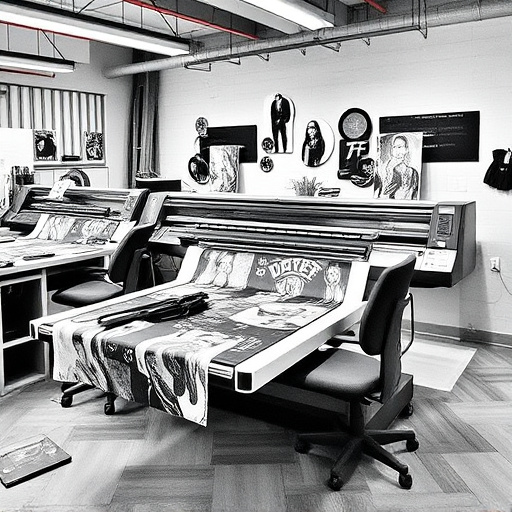
The future of DTF Printing promises exciting developments as technology continues to advance and push creative boundaries. One prominent trend is the exploration of new materials, with researchers and manufacturers seeking eco-friendly alternatives while maintaining high-quality outcomes. This shift towards sustainability could see the introduction of biodegradable or recycled substrates, reducing the environmental impact without compromising on vibrant colors and intricate patterns.
Additionally, advancements in printing techniques are expected to enhance precision and speed. With improvements in ink formulations and printhead technologies, DTF Printing is poised to offer even more detailed designs with finer line work and richer color gradients. This evolution will cater to the growing demand for personalized, high-resolution prints across various industries, from fashion and textiles to packaging and signage.


